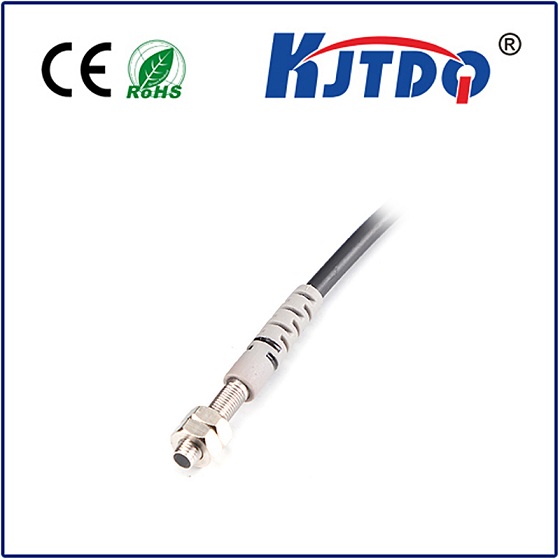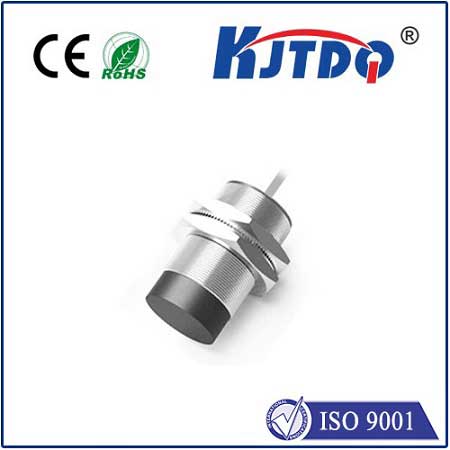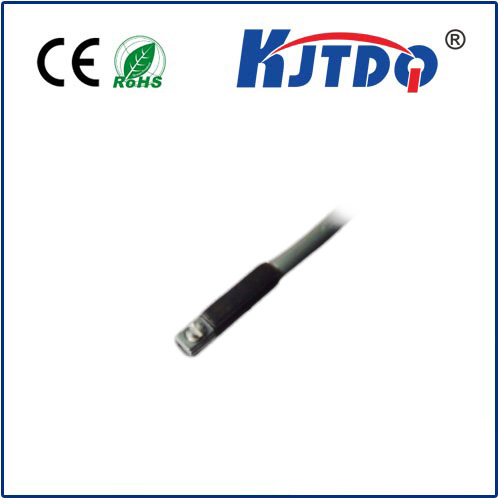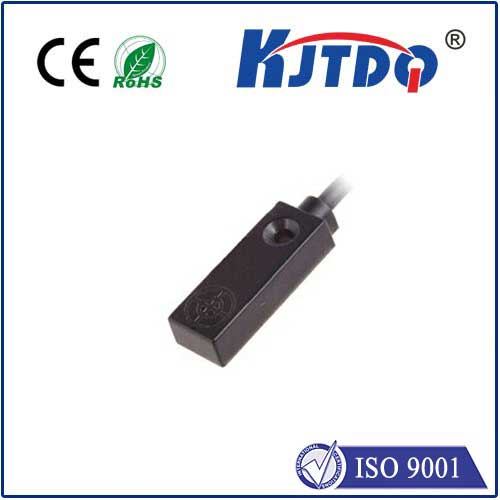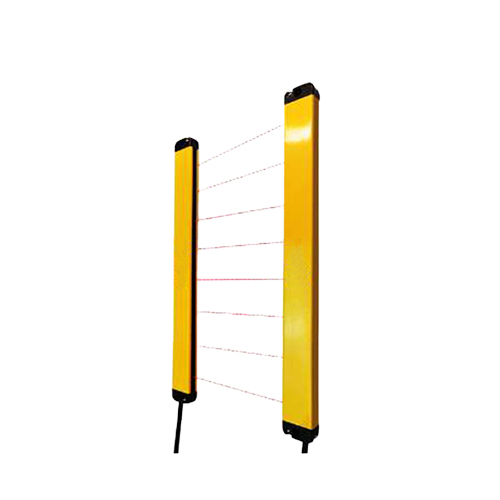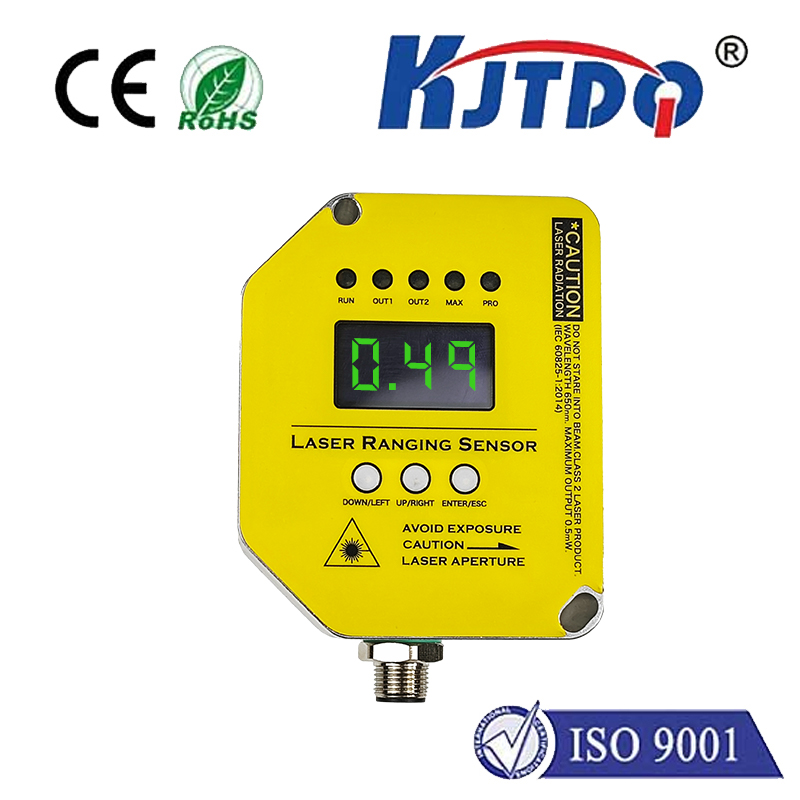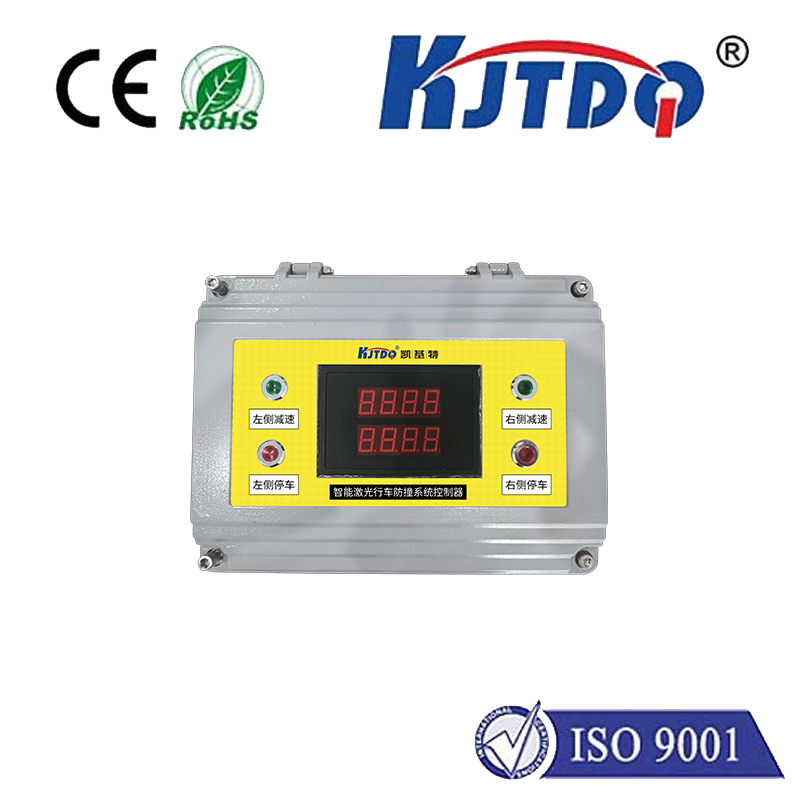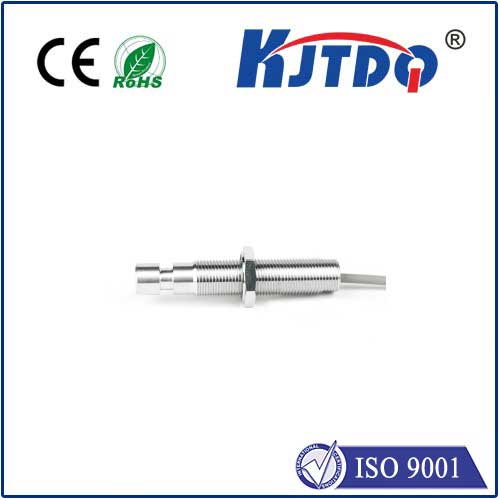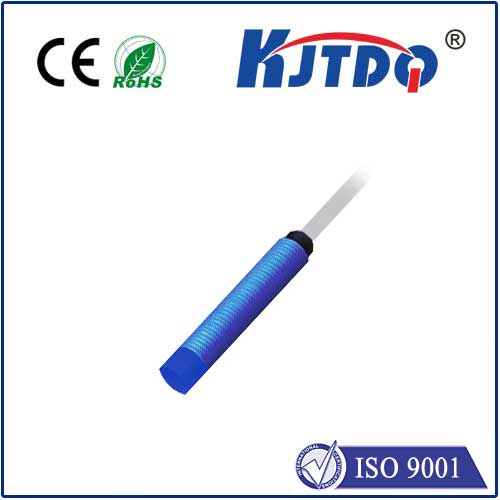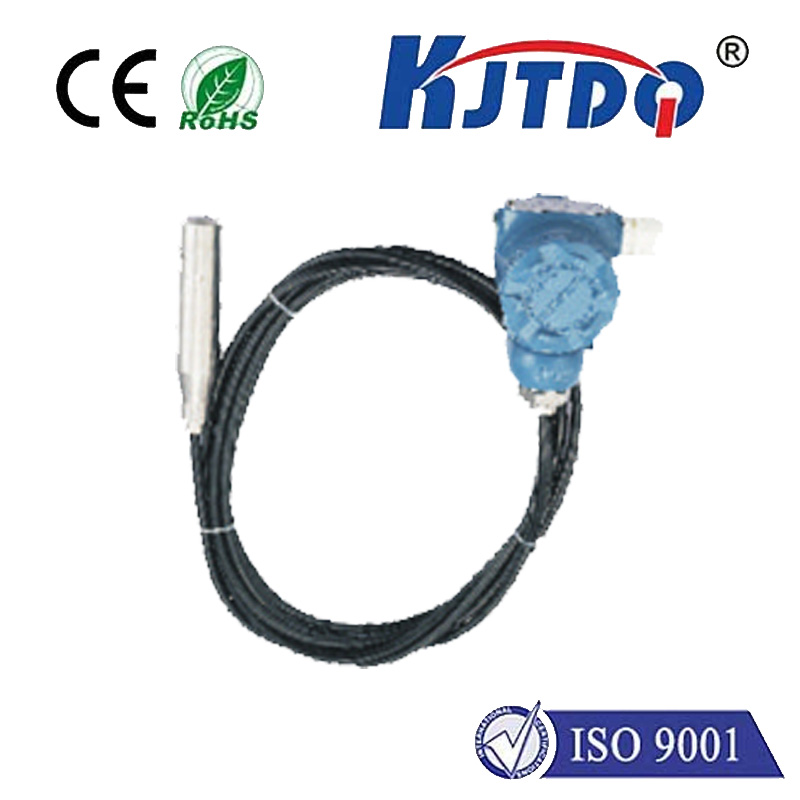

check

check

check

check

check

check

check

check

check

check
Imagine a high-speed packaging line humming along, cartons flying down the conveyor. Missing just one box during case packing causes a jam, halting production, wasting time and materials. Preventing this chaos hinges on one critical element: reliable, precise object detection. This is where components like the E3FA-LP21-F2 24V Photoelectric Sensor step into the spotlight, becoming the unsung heroes of modern industrial automation. Designed for resilience and accuracy, this sensor offers a powerful solution for countless detection challenges on the factory floor.
Understanding the Photoelectric Sensor’s Role
At its core, a photoelectric sensor operates on a simple principle: it emits a beam of light (visible red, infrared, or laser) and detects changes in that beam’s properties – either its presence, absence, or intensity – when interrupted or reflected by an object. This non-contact method makes them incredibly versatile for detecting a vast array of items: presence of bottles on a filling line, height of stacked materials, position of parts on an assembly robot, or even transparency of films or glass.
Compared to mechanical switches or proximity sensors (which detect metal), photoelectric sensors excel in their long sensing ranges, ability to detect diverse materials (plastic, wood, glass, liquid), and capability to function without physical contact, eliminating wear and tear on both the sensor and the target. They are fundamental building blocks in industries ranging from food and beverage and packaging to automotive, material handling, and pharmaceutical manufacturing.
Introducing the Omron E3FA-LP21-F2: Engineered for Performance
The E3FA-LP21-F2 is a specific model within Omron’s extensive E3FA series of cylindrical, diffuse-reflective photoelectric sensors. Its designation provides key insights:

Key Features and Advantages of the E3FA-LP21-F2
Polarized Diffuse-Reflective Operation: This is the defining characteristic of the “LP” model. Unlike standard diffuse sensors that rely solely on light intensity reflected off an object, polarized sensors incorporate a filter. This filter allows them to discriminate against highly reflective backgrounds (like shiny metal surfaces or glossy packaging) that might otherwise cause false triggers. It significantly enhances detection reliability for challenging targets.
Extended Sensing Range: The E3FA-LP21-F2 typically offers a sensing distance of up to 300 mm (12 inches). This generous range provides flexibility in mounting location and allows reliable detection even when the sensor cannot be positioned extremely close to the target path.
Compact & Rugged M12 Housing: The M12 threaded barrel is incredibly common in industrial settings, offering a wide range of pre-made mounting brackets and options. Its compact size allows for installation in confined areas. Built to withstand demanding environments, it features strong environmental resistance (typically conforming to IP67 ratings), meaning it’s protected against dust ingress and temporary water immersion common in washdown areas or humid factories.
24V DC Operation: Using the ubiquitous 24V DC power standard ensures seamless integration into virtually any modern industrial control panel and PLC system. This simplifies wiring and eliminates the need for additional power conversion modules in most cases.
Reliable Output: The sensor provides a solid-state NPN or PNP transistor output (model variant specific, e.g., F2-N or F2-P), typically sourcing or sinking current to signal detection. Transistor outputs are robust, offer fast response times (crucial for high-speed lines), and interface directly with PLC input cards or other controllers. LED indicators (power and output status) provide clear visual confirmation of operation and detection, aiding immensely in setup and troubleshooting.
Simplified Adjustment: While featuring sensitivity adjustments for fine-tuning in tricky applications, models like the E3FA-LP21-F2 are generally designed for straightforward setup. Teaching functions (either via a button or remote teach-in) allow quick calibration to the specific target.
Where the E3FA-LP21-F2 24V Sensor Excels
The combination of polarized diffuse reflection, reasonable reach, ruggedness, and standard voltage makes the E3FA-LP21-F2 particularly well-suited for numerous applications:
Why Reliability Matters: The Impact of Sensor Choice
In automated systems, sensor failure or inconsistency translates directly to costly downtime, scrap, and potential safety risks. Choosing a sensor like the E3FA-LP21-F2 24V offers significant operational benefits:
The Essential Component for Unseen Efficiency
While often overlooked among the larger, more complex machinery on a production line, photoelectric sensors like the Omron E3FA-LP21-F2 24V are fundamental to its smooth, efficient, and safe operation. Its specific strengths in polarized diffuse reflection make it an indispensable tool when reliable detection of objects, particularly those with challenging reflective surfaces, is paramount within a 300 mm range. Its compact M12 barrel, robust IP67-rated housing, and standard 24V DC power ensure it can handle the rigors of industrial life while integrating effortlessly into modern control systems. For engineers and technicians seeking dependable object detection without the complexity, the E3FA-LP21-F2 represents a proven and powerful solution.
